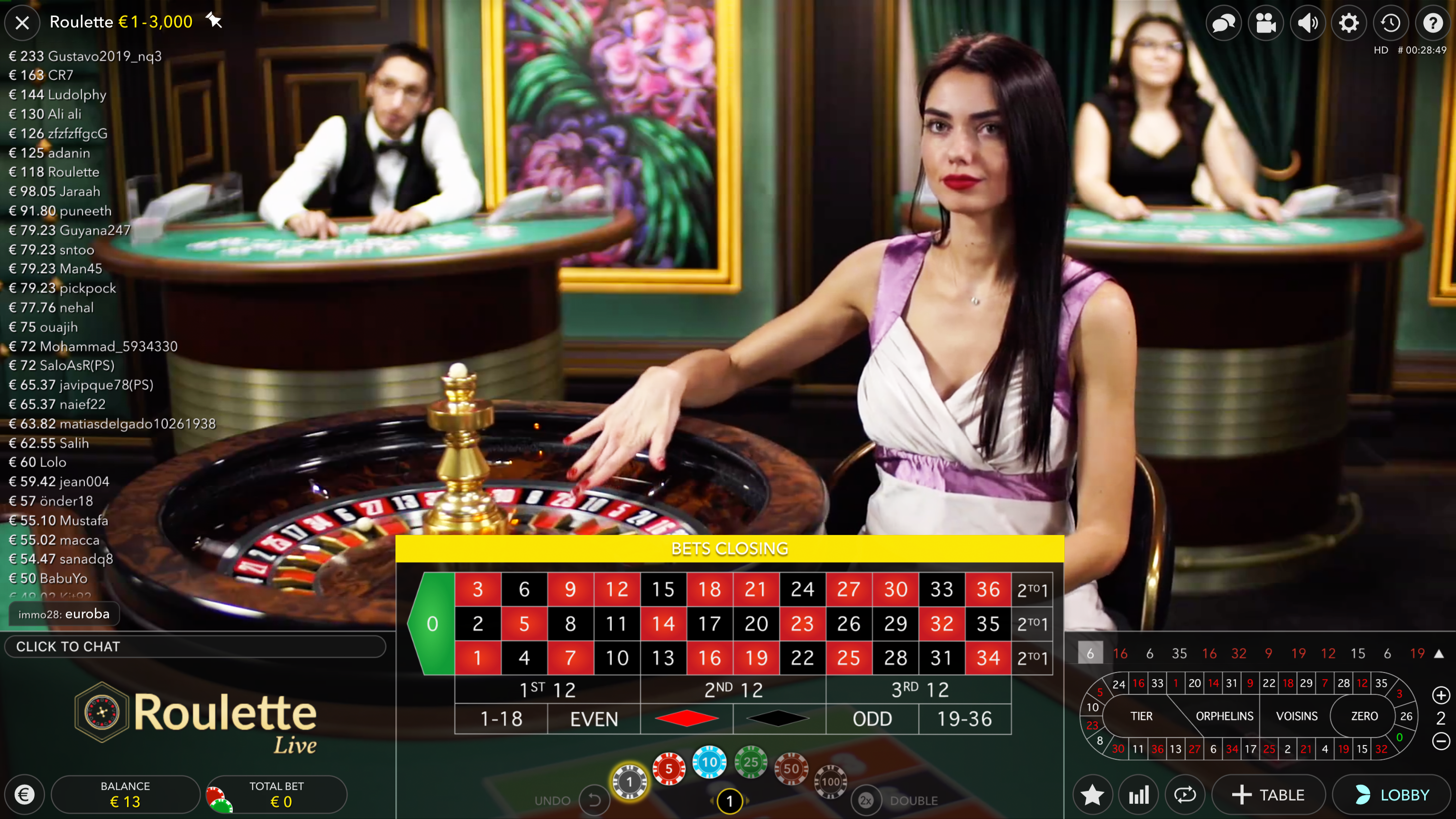When it comes to casino slots games, players often become enthralled by the shimmering lights, exciting themes, and the excitement of spinning the reels. But beyond the sparkle and fascination lies an important concept that all players must grasp: RTP, or RTP. This crucial metric is essential in determining how much of your wagered money will return to you over time, shaping your experience and strategy as you play.
RTP is commonly stated as a percent and represents the typical sum of money returned to players compared to the overall stakes. For instance, if a slot game has an RTP of 95 percent, it means that, on average terms, players can expect to get back 95 dollars for every 100 dollars wagered. Understanding this concept can assist players in making educated decisions when selecting slots to enjoy, ultimately improving their overall casino experience.
What the definition of RTP?
The Return to Player concept, often called RTP, is an important factor in the field of slot machine games. It represents the percentage of total wagered amounts that a particular slot machine is programmed to pay back to players over time. For example, if a slot has an RTP of 95%, this means that, hypothetically, players can expect to get back ninety-five dollars for every $100 bet in the long run. Understanding RTP aids players assess the potential returns of the various slots available.
RTP is not a surety of individual wins but instead it is a average calculated throughout many spins. Each player’s experience may differ significantly because of the luck intrinsic in slot machines. A better RTP suggests superior odds for the player, which makes it an essential aspect to think about when picking the slots to play. Nonetheless, even with a high RTP, there can be stretches where players experience losses, as randomness plays a significant role.
It should also be noted that different slots have different RTP percentages. Some games could display a lower RTP due to a considerable fun or distinct elements, while others keep a elevated percentage to attract more risk-averse players. Comprehending RTP empowers players to make informed decisions about their gaming strategies and manage their funds wisely while enjoying the thrill of casino slot games.
The Way RTP is Being Calculated
A Return to Player, also known as RTP, is a key measurement within the realm pertaining to gambling slot machine titles. This represents the percentage of total bet money which a gaming device can be expected to return to players in the long run. Comprehending the method by which RTP can be derived demands insight of both the slot’s design and its reward system. The RTP is determined via complex calculations and statistical analyses performed in the course of the game creation process. Slot creators consider various elements, which include the likelihood of winning outcomes as well as the amount for returns on each combination.

In order to compute this metric, developers model a vast number in terms of rotations of the slot machine. These simulations help determine how much on average, a gambler can expect to win based on their bets. For example, if a slot game has an RTP of 95 percent, this means that, theoretically, for every one hundred bet, players should anticipate get ninety-five dollars back in the long term. This figure does not indicate how much a player might receive in a one play and during a couple of plays; rather, it reflects overall payout expectations.
RTP values tend to be usually disclosed from the gaming house and slot creator. Players must always seek out such data when choosing a casino slots, as it can significantly affect their gaming experience. A greater return value typically indicates a better probability of winning back a segment of wagered money, even though individual sessions may differ considerably. Grasping this concept can help players make informed decisions and enhance their overall experience within the realm of slot games.
Significance of Return to Player in Casino Games
Understanding the Return to Player or Return to Player is crucial for any gamer involved in gambling on slots. RTP represents the proportion of total bets that a slot machine is engineered to pay back to gamers over time. A higher RTP means that players can look forward to receiving a bigger portion of their bets back, making it an significant factor for those seeking to enhance their gaming experience. Knowing this number aids players make smart choices about which games to play, as it can significantly influence their potential winnings.
Moreover, Return to Player plays a crucial role in the overall fairness and clarity of casino slots. non-GamStop casinos UK Gamers are often drawn to slots with greater return rates because they provide a superior chance of winning over the long term. Gaming establishments and software creators use Return to Player as a marketing tool to draw in players, ensuring they maintain a competitive edge in the growing gaming industry. By being aware of Return to Player, gamers can select games that align with their comfort level and objectives.
Ultimately, the idea of Return to Player encourages safe gambling behavior. By understanding that not all games will provide short-term winnings and that Return to Player is determined by extended play, players can manage their anticipations and gambling behavior effectively. This knowledge enhances the enjoyment of casino slots while fostering a more balanced gaming environment. Players who comprehend the importance of RTP are likely to have a better experience and lessen the chances of problematic gambling behavior.